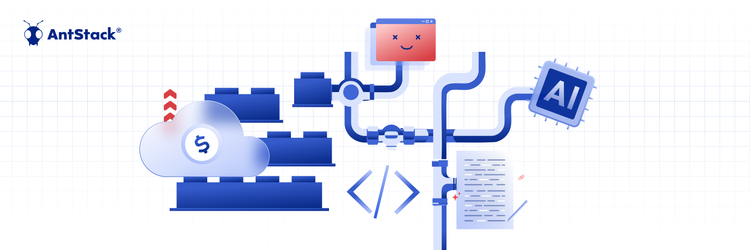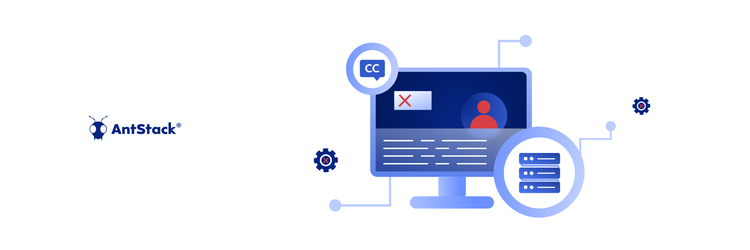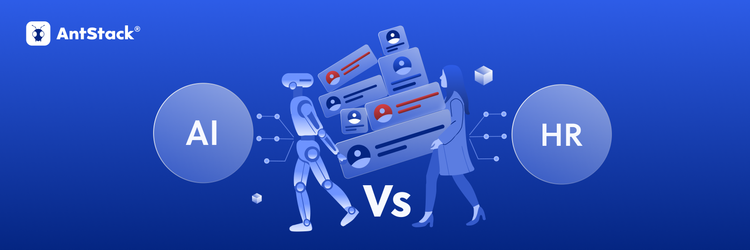From Metadata to Monetization: Building Real-Time Pipelines with Serverless AI
Streamlining Software Development Process With AI: Why We Chose Copilot, SonarCloud, and Loom Over CodeRabbit
Managing pull requests (PRs) effectively is a key component in our software development lifecycle. Our approach to PRs is a combination of expert review and the integration of several development tools. Here’s a comprehensive look into how we use these tools, especially GitHub Copilot, SonarCloud, and Loom, and why we opted not to use CodeRabbit.
GitHub Copilot: AI-Enhanced Coding Assistance
About the Tool: GitHub Copilot, powered by OpenAI, acts as an AI pair programmer. It provides autocomplete-style suggestions and code snippets based on the context of the code being written. Copilot can understand natural language comments to generate code, and it’s capable of translating code across different programming languages. Its main purpose is to boost developer productivity and assist in code creation.
The Good Stuff
Code Suggestions: It offers valuable suggestions for writing code, although it's not always up-to-date with the latest versions of various libraries and frameworks.
Test Case Generation: GitHub Copilot is proficient at generating test cases and thereby speeding up the development process.
Autocomplete for Complex Code: It not only assists with simple syntax but also helps in writing more complex code structures. For developers working on complex algorithms or advanced features, Copilot can provide additional insights and code snippets.
Enhanced Productivity: Copilot boosts developer productivity by providing real-time code suggestions and reducing the time spent on writing boilerplate code and searching for syntax or function implementations. This allows developers to focus more on problem-solving and less on mundane coding tasks.
What could be better
Handling CloudFormation Templates: Copilot struggles with debugging CloudFormation templates, a limitation for teams heavily using YAML.
CSS Limitations: It does not effectively assist with CSS, a drawback for front-end development.
Accuracy in Suggestions: The suggestions provided are not always accurate, mainly for the latest versions of AWS SDK and Vitest.
Code Logic Over UI Logic: Copilot tends to focus more on backend logic rather than UI elements, limiting its utility in frontend development.
CodeRabbit: Not a Fit for Our Needs
About the Tool: CodeRabbit is a tool designed to facilitate code review processes. It aims to streamline and simplify the review of code changes by providing comprehensive insights and analytics.
The Good Stuff
Automated Feedback: The tool could automate certain aspects of feedback, saving time and effort for developers and reviewers.
What could be better
Redundancy: Our team found CodeRabbit redundant, given our existing suite of tools and processes.
Overwhelming for Large PRs: The tool can be overwhelming with large PRs due to the sheer volume of text and information it generates.
SonarCloud: Ensuring Code Quality and Security
About the Tool: SonarCloud is a cloud-based code quality and security service. It's designed to detect code smells, security vulnerabilities, and bugs in a variety of programming languages.
The Good Stuff
Code Smell Detection: It is very useful in identifying code smells, helping maintain a clean codebase. It also provides an in-depth analysis of why a particular piece of code is considered a "smell," which could be due to factors like complexity, redundancy, or deviation from best practices. More importantly, it offers guidance and suggestions for resolving the detected issues.
Security Hotspots: SonarCloud excels at pinpointing security hotspots, crucial for safeguarding our applications. The tool not only identifies security risks but also helps in prioritising them. It categorises security hotspots based on their severity, allowing developers to focus on the most critical issues first.
Test Coverage Analysis: One of the key strengths of SonarCloud is its ability to provide detailed test coverage analysis. This feature helps developers understand which parts of the codebase are not adequately tested, guiding them to areas that need additional testing. This insight is crucial for maintaining a high-quality, robust codebase.
Code Duplication Detection: SonarCloud also helps in identifying duplicated code blocks. By highlighting these areas, it enables developers to refactor and improve the code's maintainability. Reducing code duplication not only makes the code more efficient but also easier to manage and update.
Loom: Enhancing PR Reviews with Video
About the Tool: Loom is a video recording tool that allows for the creation of quick and concise video walkthroughs. These videos can be used to provide a visual and auditory explanation of code changes in PRs.
The Good Stuff
Effective Walkthroughs: Incorporating Loom into our PR process has made reviews more interactive and informative, providing a better understanding of the code changes.
Conclusion
Our decision to integrate GitHub Copilot and SonarCloud, and to utilise Loom for PR reviews, is based on the specific strengths and benefits these tools offer. While Copilot aids a lot more in backend development and test case generation, it has its limitations in handling certain AWS services(new versions) and frontend development. SonarCloud complements Copilot by ensuring high standards of code quality and security. CodeRabbit, in our experience, did not add much value to our PR process, leading us to forgo its use. Loom, on the other hand, has enhanced the clarity and efficiency of our PR reviews with its video walkthrough capability.










